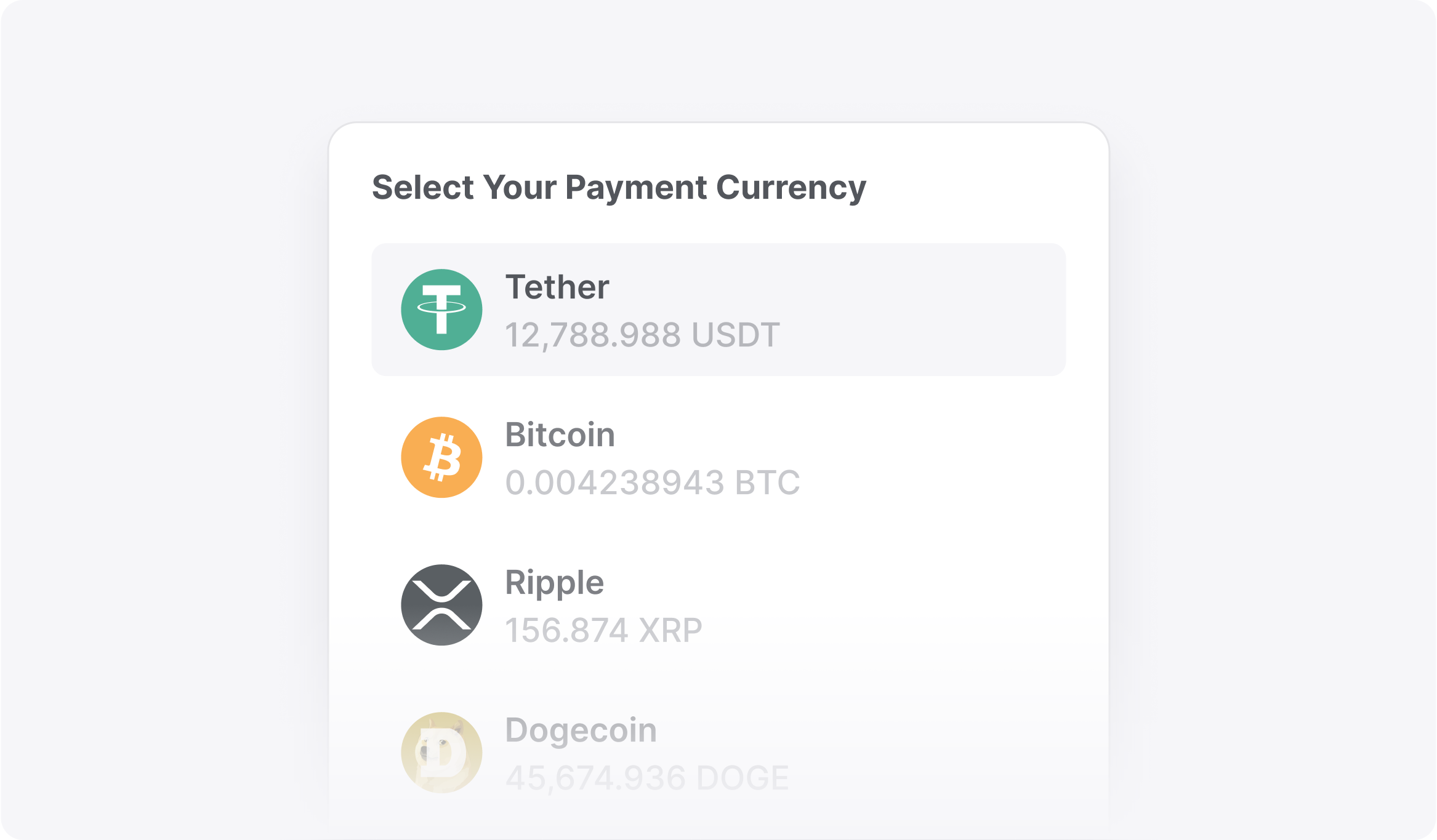The European Union has announced new rules that will change how stablecoins work in Europe. This is having a huge impact on how USDT payments and collections work in Finland. The Markets in Crypto-Assets (MiCA) rule is a big deal for the European crypto world. It makes it tougher for users to issue, trade, and obtain cash for stablecoins. The impacts are undeniable for Finnish traders, investors, and businesses that rely on stablecoin payments, as organizations like OP Financial Group and Nordea get used to the new laws.
MiCA and the New Rules for Businesses
The Markets in Crypto-Assets (MiCA) law created a uniform set of rules for crypto assets in the European Economic Area (EEA). It becomes fully effective on December 30, 2024. MiCA was created to strike a balance between safeguarding investors and promoting new ideas. It does this by grouping cryptocurrencies into groups. For example, "e-money tokens" are linked to stablecoins like USDT (Tether). These tokens must keep at least 60% of their reserves in European banks, ensure that issuing them is obvious, and keep all of their reserves safe.
Tether, the business that makes USDT, has decided not to meet this reserve requirement. They say that relying too heavily on European banks could be bad for their business. Because of this, big exchanges like Crypto.com, Coinbase, and Binance have either stopped trading USDT pairings or are steadily doing so for EU users. This legal response has a huge influence on USDT payouts and collections because people in Finland can no longer readily get to one of the most popular stablecoins in the world.
It's excellent that MiCA wants to make markets safer and more open to consumers, but its rigid restrictions have made it tougher for firms and investors to get money in regulated markets. People in the Finnish cryptocurrency sector who use stablecoin payout systems or crypto-to-fiat transfers must now hunt for platforms and alternatives that respect EU standards.
Issues with USDT in Finland
It is now tougher to utilise Bitcoin to buy products in Finland because USDT is no longer listed on European exchanges. It's tougher to change cryptocurrencies into fiat currencies, especially euros, when there aren't any USDT pairs. This shift could influence how much trading happens, slow down conversions, and make assets like Bitcoin and Ethereum, which are regularly coupled with USDT, more volatile.
Finnish traders might have to pay more for trades, have larger spreads, and have fewer ways to get their money out because there isn't as much liquidity. Before, companies that paid out USDT as stablecoins, including independent freelancers or fintech platforms that handle foreign payments, could easily use their preferred asset. Now, though, it's harder or more expensive for them to do so. As USDT liquidity pools in the EEA shrink, it gets tougher for institutional investors to make large trades.
This also comes with extra risks, such as:
- Other stablecoins become less stable as people quit utilising USDT.
- Delays in the process of changing bitcoin into euros.
- People might sell USDT since they don't know what will happen to it in regulated markets.
The change in the market suggests that there is a bigger trend to have cryptocurrency businesses to follow the same rules as regular banks.
OP Financial Group’s Position on Cryptocurrencies
OP Financial Group, Finland's largest bank and insurance company, has always been guarded and cautious with cryptocurrency. OP made it plain in 2021 that they don't buy or sell cryptocurrencies or make forecasts about their future or value. The institution has this position because it has a duty to protect its clients' money and not put it into assets that could lose value.
The OP claims that cryptocurrencies are still very unstable and impossible to value in the usual ways. The group also discusses moral and environmental issues, such as how mining Bitcoin costs a lot of money and how digital assets could be used for bad things. OP keeps a watch on the cryptocurrency market, but clients haven't asked for direct access to it very often.
This approach does not directly handle OP Financial Group USDT transactions. Customers can still acquire euros from exchanges that follow the rules and offer crypto liquidation services, though. For example, an investor can utilise a regulated exchange to swap USDT to EUR and then use normal SEPA transfers to move the money to an OP account.
So, OP's meticulous approach makes sure that clients utilise cryptocurrencies through intermediaries that have been vetted and are in compliance, even though OP's direct engagement in stablecoin payments in Finland is still tiny.
Also Read: Techcombank, Vietcombank, Sacombank: Payment Options for Merchants in Vietnam
Nordea’s Approach to Crypto and USDT Transfers
Nordea Bank, which is one of the best banks in the Nordic region, has likewise tried to follow the guidelines in the same way. Nordea hasn't stated anything about collecting USDT in Finland, but its business model is based on being open, controlling risk, and following EU standards. In the future, interactions with stablecoins will most likely follow the guidelines set by MiCA.
There isn't any direct support for converting Nordea USDT at the moment. People in Finland can still use cryptocurrency to buy stuff. They only have to sell USDT on a regulated cryptocurrency platform and then move the converted EUR to a Nordea account. To retain institutional trust, the bank's compliance procedures make sure that all incoming transactions go through extensive AML (Anti-Money Laundering) and KYC (Know Your Customer) checks.
This mixed method, which combines banks for settlement and exchanges for conversion, depicts how stablecoin payout systems are working right now under MiCA. Nordea and other Nordic banks may slowly become more compatible with the bitcoin business as additional platforms get MiCA licenses.
Real-World Example: Freelancers and Cross-Border Crypto Payments
Think of a Finnish freelance designer who works for a Web3 startup that has offices all over the world. Before MiCA, the business could save on transaction fees by sending and receiving USDT directly in Finland for payments that transpired straight away across borders. The EU has set new rules that state payments like these must go through compliant middlemen or stablecoins like USDC or EURC.
This shift highlights how crucial it is to have regulated stablecoin payment systems that can conduct safe USDT transactions and satisfy EU standards.
Emerging Alternatives: The Rise of Compliant Stablecoins
USDT has had trouble with the law, hence a lot of alternative stablecoins are growing more popular in Finland and throughout Europe:
- USDC (USD Coin) is becoming the preferred currency on many legal trading platforms because a licensed corporation produces it and has clear reserves to back it up.
- People who wish to be free from centralised issuers enjoy DAI since it is a decentralised stablecoin that provides them flexibility in DeFi ecosystems.
- The euro-pegged stablecoins EURC and EURT are EU-compliant localised stablecoin payment options.
These other options are changing the way digital payments look by sending Finland stablecoin payments through legal routes that ensure there is enough money and that everything is clear.
Simplify USDT Payouts with TransFi
In the post-MiCA future, TransFi makes it easier for businesses, freelancers, and exchanges to pay out stablecoins, shift crypto to fiat, and settle transactions across borders.
The main benefits are:
- Quick USDT payment methods that respect EU laws.
- You can safely change USDT to EUR and other cryptocurrencies to cash in Finland.
- APIs that are ready to be used in digital markets, gambling sites, and fintechs.
- Infrastructure that is licensed and meets all the rules for safe USDT transactions.
Future Outlook
The future of stablecoin payments in Finland will rely on how well issuers from other countries adjust to MiCA. USDT is having problems staying in the top spot, but compliant stablecoins like USDC and EURC are expected to be the most popular cryptocurrencies in Europe.
Finnish businesses and investors will now have more faith in institutions, less risk, and more openness. Even while it could be harder to pay and receive USDT in Finland, the bigger market is heading towards more stability and integration between traditional finance and digital assets.
Also Read: How Vietnamese E-Commerce Stores Can Accept Crypto Payments
Conclusion
Finland's intention to pay and receive USDT is in keeping with the EU's larger goal of safeguarding consumers and making finances more transparent. As MiCA keeps changing the world of digital assets, banks like OP Financial Group and Nordea will probably be very important in linking regulated finance with the developing crypto economy.
Businesses, freelancers, and investors should employ compliant stablecoin payment platforms and safe and efficient payout systems, follow the rules, and come up with new ways to make money.
FAQs:
1. How do I receive USDT in Finland?
You can buy USDT from international exchanges that obey the guidelines and let people in Finland make deposits. Always be sure that the exchange is registered with the FIN-FSA or another EU organisation.
2. Is it possible to transmit USDT straight to a bank account in Finland?
You can't take USDT out of banks like Nordea and OP directly. Before you send USDT to your bank, you need to convert it to EUR on a regulated site.
3. What are the greatest USDT alternatives in Finland?
People are starting to like USDC, DAI, and EURC more and more since they are more open and respect MiCA laws.
4. Is it safe to use Nordea or OP Financial Group to receive payment in cryptocurrency?
Yes, you can safely send money to these banks as long as you follow the rules for AML/KYC and use an exchange that respects MiCA standards.
5. How can Finnish firms make bitcoin payments go faster?
TransFi and other platforms let businesses safely manage stablecoin transactions by giving them automated, quick, and legal ways to pay and receive USDT.
Table of Contents
Suggested Article
Explore our products

Make global payments at the speed of a click

Accept payments, remove borders.

Unlock Seamless Digital Currency Transactions Anywhere








.png)














